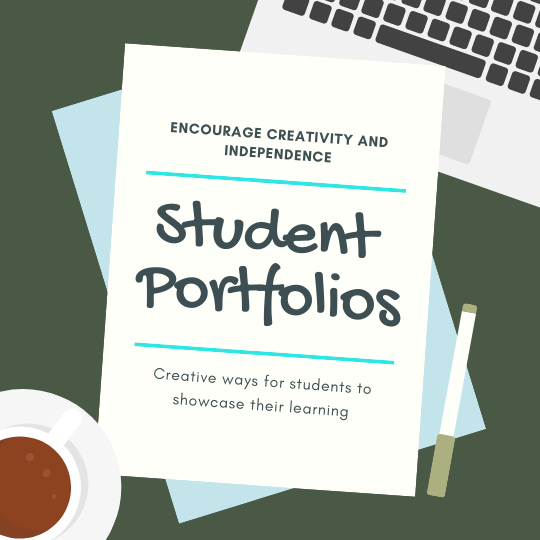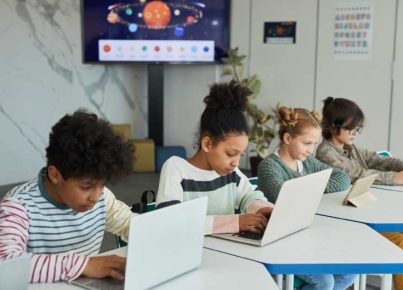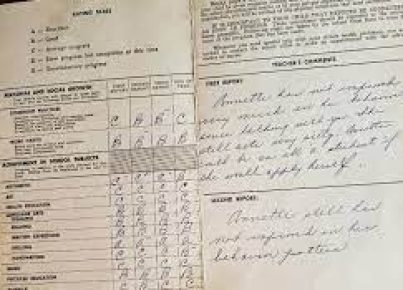The transfer of student portfolios from one teacher to another is an integral part of maintaining the continuum of education. As students progress through various grades and subjects, they often change instructors. The handover of their portfolios – which may include work samples, assessments, reflections, and teacher notes — is critical to ensure that the incoming teacher can seamlessly continue supporting the student’s educational journey.
A well-managed portfolio handover offers several benefits:
1. Continuity: By reviewing past work, new teachers can quickly understand their students’ knowledge level, strengths, and areas that need improvement.
2. Personalized Learning: Insight into prior achievements and challenges allows educators to tailor instruction to meet individual needs.
3. Accountability: Portfolios help preserve a record of a student’s progress, holding both students and teachers accountable for the educational outcomes.
4. Engagement: Familiarity with previous projects and achievements can help teachers create connections with students, enhancing engagement and motivation.
5. Professional Development: For teachers, examining the evolution of student work can highlight effective instructional strategies and areas for professional growth.
To ensure a smooth handover, schools or educators should adopt a systematic approach:
– Standardization: Implement a unified structure for portfolios across grades and subjects for easy interpretation and assessment.
– Digital Platforms: Utilize digital portfolios when possible to simplify the transfer process and enable access to historical data without physical limitations.
– Orientation Meetings: Arrange meetings between outgoing and incoming teachers to discuss the nuanced details that may not be apparent in written records.
– Transition Documents: Create summary sheets that outline key information about group dynamics, individual learning plans, or essential accommodations for quick reference.
– Parental Involvement: Ensure that parents are informed about the transition process so they can support their child and provide any relevant information to new teachers.
In conclusion, effective student portfolio handovers are crucial in promoting an uninterrupted learning experience. When done correctly, these handovers serve as valuable tools that support ongoing student development, inform instructional practices, and strengthen communications within educational communities. Therefore, institutions should prioritize creating clear policies and support systems around this practice to enhance overall educational quality.





